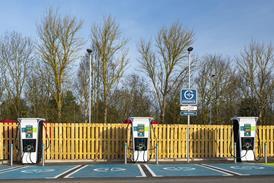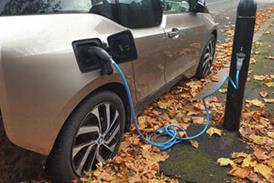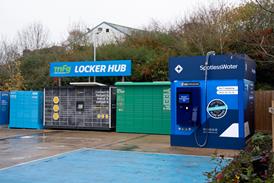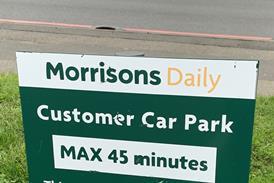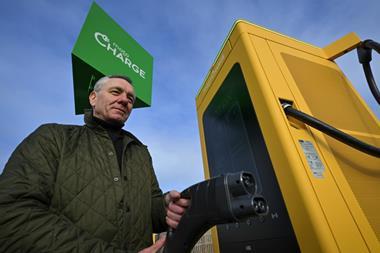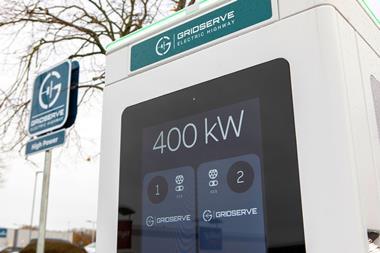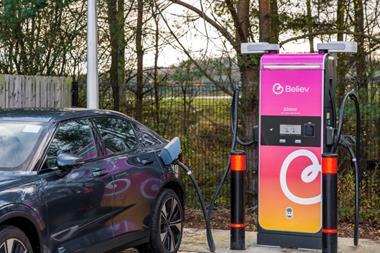
As a concession to poor sales of electric cars and in the face of US trade tariffs, new hybrids can remain on sale until 2035, a five-year reprieve over their previous ban date.
The stay of execution applies to conventional hybrids like the Toyota Prius, as well as plug-in models.
The government is also reducing the fines, from £15,00 to £12,000 per vehicle, that car makers must pay for every car with an internal combustion engine (ICE) they sell over the ZEV (zero emission vehicle) Mandate, which this year requires that 28% of all new cars sold are electric, rising to 80% by 2035.
Car makers with a UK manufacturing base will escape those fines entirely, while firms that sell under 2,500 vehicles a year, which includes the likes of McLaren and Lister, will be excused from ZEV percentage mandates – though they too will only be able to sell zero-emission cars from 2035.
The change comes after the US government earlier this month slapped a 25% import tariff on all foreign-made cars; this saw Jaguar Land Rover pause all exports to the States.
Yet while international trade rules may be cited as the immediate reason for the relaxation of rules around hybrids, this is one of several changes to EV policy that has been made since it was first announced in 2017.
Petrol and diesel car ban: timeline
2017: Under the Theresa May government, then Environment Secretary Michael Gove announces on Radio 4 that sales of all new petrol and diesel cars would be banned from 2040.
2020: Ban brought forward by 10 years under the Boris Johnson government, with new ICE cars outlawed from 2030. Undefined concession made to hybrids.
2023: 2030 ban pushed back to 2035 under Rishi Sunak government in light of poor EV sales.
2024: Labour sets out in its manifesto that it will be “restoring” 2030 as the date for outlawing sales of all new cars with internal combustion engines, which by logic includes hybrids.
2025: US trade tariffs provided as reason for allowing hybrids to be sold up to 2035, and a loosening of the ZEV mandate.
The vast majority of electric cars are sold to fleets and businesses, routes that bring about significant tax advantages, such the paradigm that sees leasing companies buy them, before renting them to employees whose firms offers salary-sacrifice schemes; such programmes can effectively bring about a 30-50% reduction in the cost of a new electric car.
Private buyers, who receive no incentives whatsoever, only buy between 10 and 20% of all new EVs sold, indicating that this is the true size of the natural market for electric vehicles.
Another policy barrier to EV ownership is to be found in recent changes to the road tax system, which ended the exemption for electric cars from the ‘expensive car supplement’, effectively adding £2,050 to the cost of an EV. Similarly, while domestic electricity is subject to a VAT rate of just 5%, business electricity gets a 20% rate, which is passed on to drivers using public chargepoints.
The Society of Motor Manufacturers and Traders said the government had ”rightly listened to industry and recognised the intense pressure manufacturers are under”, though the organisation added that ”a paucity of consumer demand and geopolitical upheaval” meant it was likely that ”greater action” will be needed in future.

